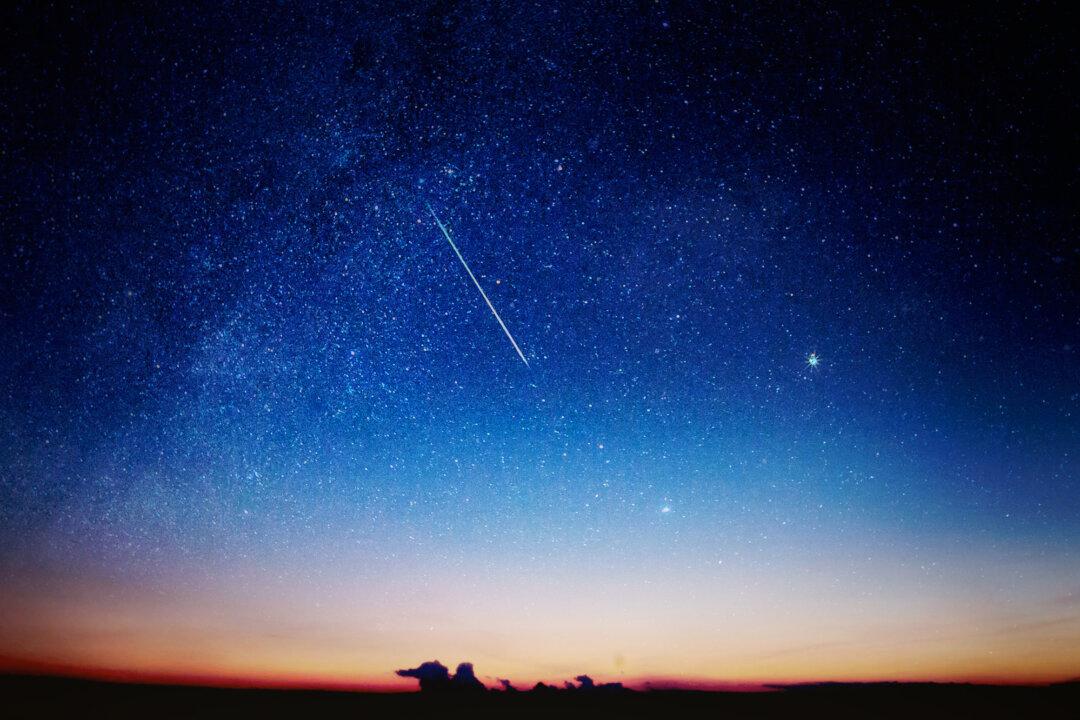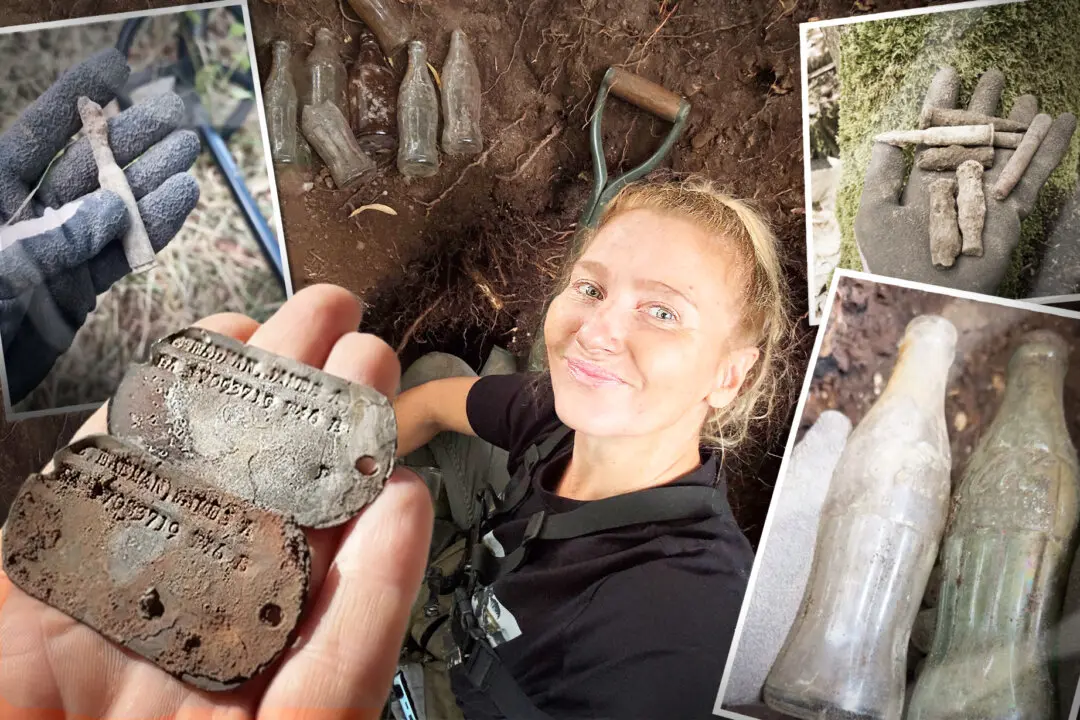One night in 1983, two astronomers using the world’s first space telescope spotted a strange hunk of space rock that looked like a star. It was almost five kilometres wide and calculated to be a “potentially hazardous” near-Earth object whose orbit around the sun grazes by our planet every 50 years.
So began an astronomical inquiry into the parent object of a famous meteor shower: the Geminids. The bright shooting stars that stemmed from that object now grace Earth’s nighttime sky every mid-December—just in time for making Christmas wishes.





